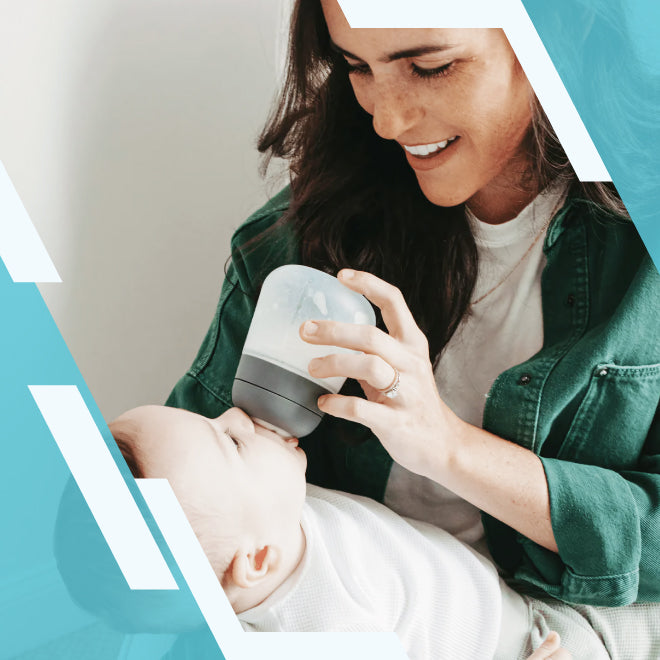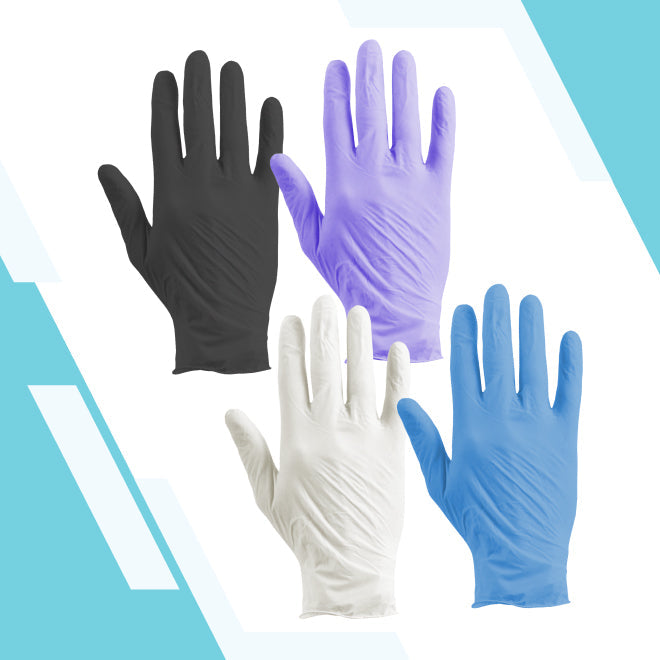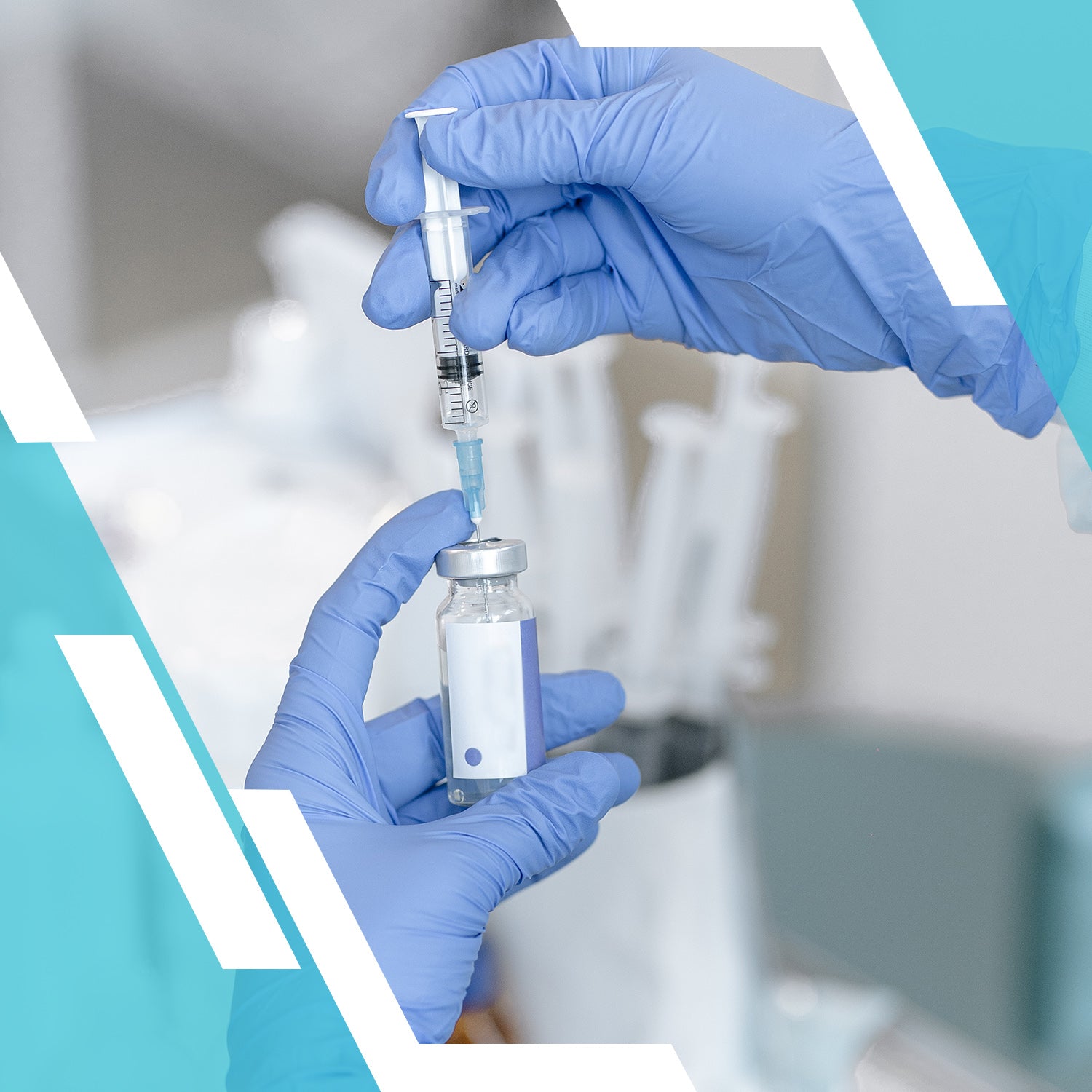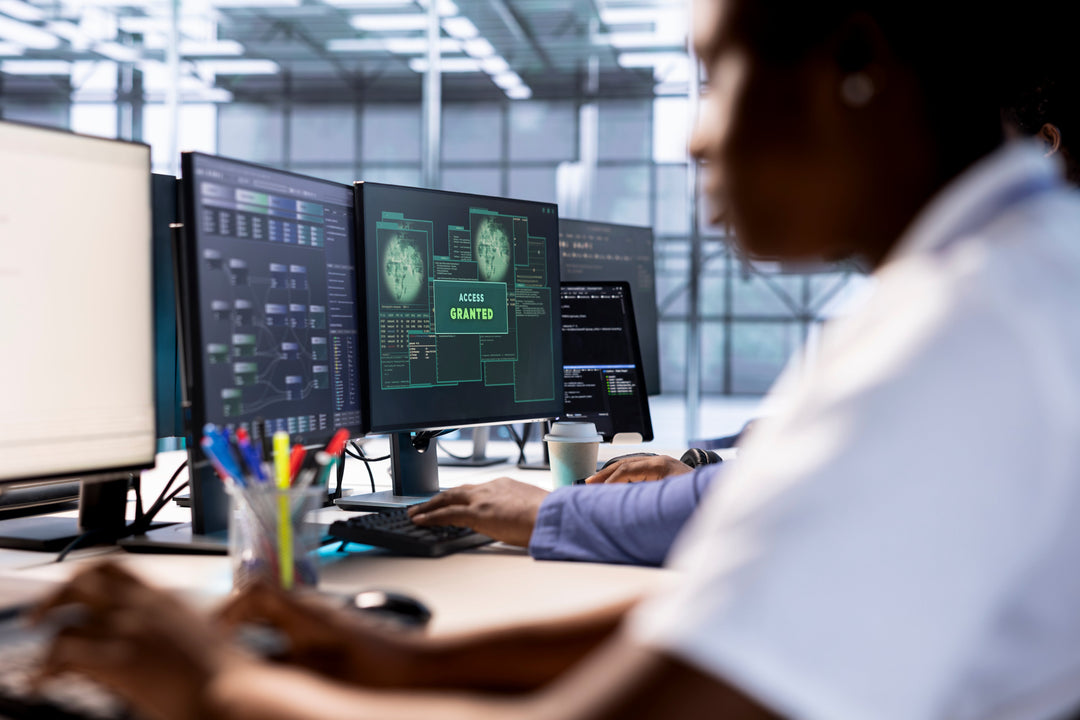Navigating PPE and Mental Health: A Call for Empathy in Healthcare
THE HUMAN EXPERIENCE IN THE ER
During the pandemic, the emergency room became a battleground where the clash between health protocols and individual stress unfolded.
Picture this: a woman, gripped by chest pains and struggling to breathe, hesitates at the entrance, debating whether to enter with a mask—a symbol of protection to medical staff, but a symbol of lack of control and constraint to her.
Her dilemma may seem dramatic to some, but it is deeply complex to her as a woman diagnosed with panic disorder. Her lived experience highlights the psychological distress that can arise when patient safety measures conflict with personal mental health conditions.
The patient reluctantly wears her mask as the nurse takes her back to the exam room. Unbeknownst to her, the nurse she encounters bears her own burdens—her head aching from hours of PPE use without breaks, navigating her own anxieties, and striving to safeguard both patients and loved ones at home.
In this charged atmosphere, perspectives clash, each carrying a weight of concerns that impact the healthcare workforce.
This battle between personal choice and mandated safety measures is one that many patients and healthcare professionals face daily. Not to mention that the constant strain and stress can lead to compassion fatigue for both parties at a time when mental healthcare support is needed more than ever.

PERSPECTIVE OF PATIENTS/CONSUMERS
For many, wearing PPE in private settings allows an escape route when a break is needed. However, the stakes are higher in the rigid confines of a medical setting. When discomfort begins, the ability to seek relief can feel urgent.
The ability to find an area to remove PPE and take a moment is not always possible. The pressure to comply with protocols can amplify distress, especially for those prone to panic attacks or grappling with underlying mental health problems.
UNDERSTANDING PANIC ATTACKS AND EMOTIONAL DISTRESS
Panic attacks, with their sudden and intense onslaught of anxiety, can render individuals feeling trapped, breathless, and out of control. The act of wearing PPE can exacerbate these symptoms, particularly for those with pre-existing mental health conditions or medical concerns affecting airflow.
For some, past traumas further complicate the challenges individuals face. It is no secret that mental healthcare carries a lot of stigma, which is why many people avoid certain conversations. However, the need to have these discussions is paramount.
Why? Simply put, psychological support is not just for those diagnosed with mental health problems.
If we take a deeper understanding of mental health before the COVID-19 outbreak, the United States was already facing a widespread epidemic of loneliness.
So, the immense need for peer support and mental health support was always there. If anything, COVID added to the emotional distress many people were already feeling. Loneliness was already a public health concern.
Studies also suggest that around 45% of adults in the US reported feeling lonely even before the pandemic. That was before the huge need for social distancing as a form of disease control. So, although people were taking action to be physically healthy, it also took a major toll on their mental health.
Fortune highlights a study stating that those who suffer from loneliness go under so much stress that it can equate to the same health risks as someone who smokes 15 cigarettes a day.
So how do we fix it? In reality, mental health services are not always available, and treatment is not one-size-fits-all.
However, by fostering emotional intelligence, compassion, and empathy in our daily lives, we can encourage a more supportive environment and build a healthier, more resilient future.

THE PERSPECTIVE OF MEDICAL STAFF AND THEIR MENTAL HEALTH
The role of healthcare professionals is deeply rooted in patient care, but behind the veil of professionalism, clinicians wrestle with their own set of challenges.
Extended hours in PPE can induce physical discomfort, exacerbate existing trauma, and contribute to psychological distress. In addition, the loss of nonverbal communication can foster isolation among colleagues, making it more difficult for the healthcare team to provide emotional and psychological support to one another.
Healthcare providers are people too. Even in a clinical and sterile medical environment, social support is essential to maintaining mental well-being within the healthcare workforce.
PRIORITIZE MENTAL HEALTH AND A SUPPORTIVE ENVIRONMENT
Considering these challenges, proactive measures are imperative. From advocating for well-fitting PPE to fostering a culture of open dialogue, there are steps we can take to mitigate the toll on mental health.
Regular breaks, accommodation for individual needs, and fostering human connections are vital in safeguarding the well-being of both patients and providers.
A PATH FORWARD THROUGH COMPASSION
While pandemics may eventually diminish, their impact remains embedded in our collective psyche. As we navigate the uncertain terrain ahead, let empathy be our guiding beacon. Let us recognize the multifaceted impact of PPE on mental health and create policies that accommodate the diverse needs of individuals.
Some patients may delay much-needed care to avoid the mental discomfort that arises if handled without emotional intelligence and empathy. For in the delicate balance between safety and compassion lies the essence of healing.
As we strive for resilience, let us answer the call to empathy—not only for the challenges of today but also for the unknowns of tomorrow.
Be sure to check out our curated inventory of everyday necessities, medical supplies, and more.










Leave a comment